An IoT fleet management enables fleet operators to automate various processes, collect important data, learn the amount of replenishment, and track operations daily.
What is Fleet Management?
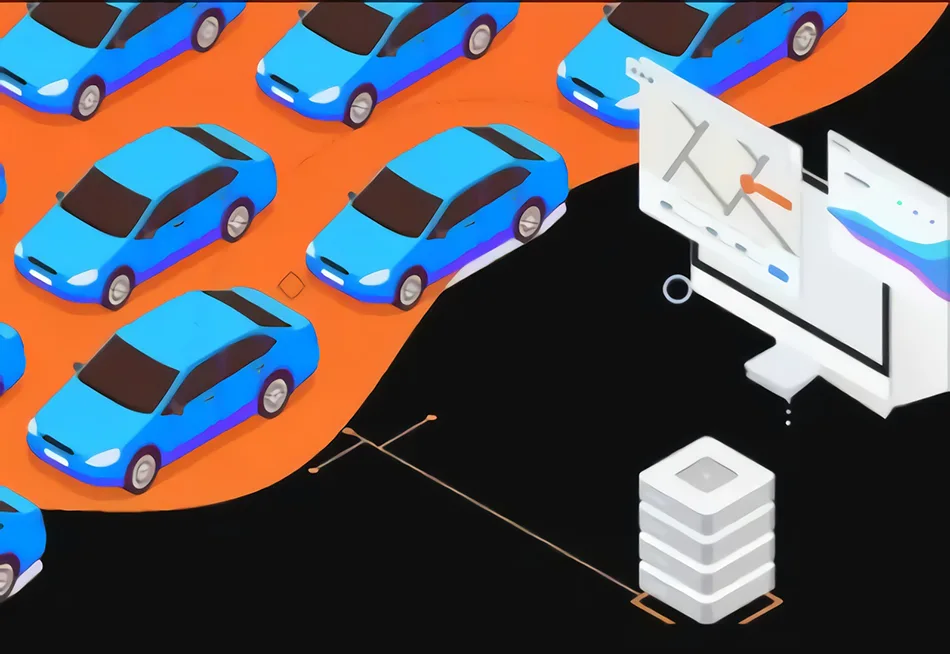
A fleet in a logistics company is an important functional department, which can directly affect the supply of spare parts, quality of service, and logistics costs on a production line.
In fleet management, the most important thing is the management of drivers, vehicles, vehicle scheduling and security management, and the daily ticketing registration of cargo information.
It takes the responsibility for the implementation of transportation plans of logistics and group practice of the plan, and it could put forward suggestions for optimization in order to have scientific logic, reason and efficiency of the transportation plan.
It runs for the daily transportation of logistics, production, organization, and scientific scheduling for vehicles, and document delivery, and they ensure that the operation of the cooperative units is fair, just, open, and continuously improves the quality of work and service.
It runs for on-site logistics management in the factory, coordinates and deals with various problems, so it ensures the safety and clear order management of on-site transportation vehicles, loads and unloads quickly, masters various information about daily vehicle movements, and reports in time according to regulations.
It runs for the coordination and distribution of loading and unloading of spare parts that ensure smooth delivery.
2. What is IoT fleet Management?
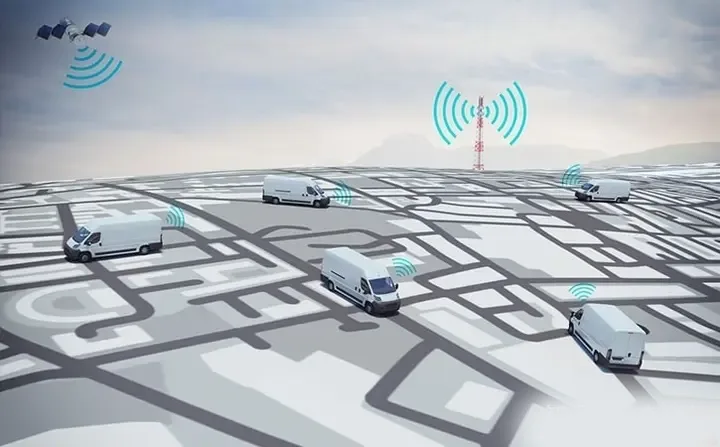
Using the IoT for fleet management can ensure compliance with regulations, optimize maintenance, reduce costs, and many other advantages.
Any organization dealing with the transportation of goods from one place to another is familiar with fleet management and the problems that come with it. Fleet management includes organizing the vehicles and carriers that transport products from one location to the other location. For fleet management, enterprises want to ensure that they will not suffer from costly failures, which can lead to product delivery delays and financial losses. In order to avoid this situation, CTO and CIO can look for intelligent solutions to help them better maintain their fleets. IoT technology is a smart solution that can help businesses in many ways, and fleet management may be just another aspect that has been affected by the wave of IoT change. While there are several applications of IoT that are changing business models, leveraging IoT to manage fleets is a new thing.
3. Benefits and Advantages of IoT Fleet Management
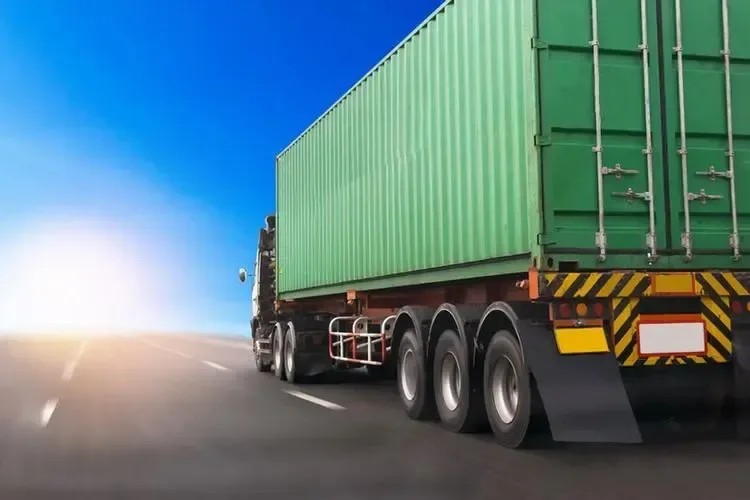
a. Condition Monitoring and Predictive Maintenance
Predictive analytics allow fleet operators to predict and correct failures and errors that may happen, so maintenance can be kept up to date. Its internal sensors can transmit degree of wear and operating parameters of tires, hydraulics, engines and other components of mobile devices. With automatic alarm, administrators can be informed of any intolerable deviations, which indicates that an exception is about to occur. In this way, the replacement of oil and parts can be planned in advance. It is the same as the maintenance plan, so it can avoid costly shutdown time.
b. The Optimization of Assets
Underutilized machines that sit idle for too long lead to wasted fuel; meanwhile they increase the costs of equipment. Telematics sensors can collect Idle time data, so administrators can make informed decisions, which are about the optimal size and composition of the fleet and whether to lease or buy. In addition, unauthorized use outside working hours can be detected to avoid any attempts at tampering or theft. All in all, asset utilization data can help to improve overall equipment effectiveness (OEE) and improve net profit margins.
c. Fuel Consumption Management and Emission Control
As climate change continues to be a top concern in global world, fleet operators face increasing regulations and pressures to reduce the amount of carbon to be released. Emission controls are also important actions to maintain a safe and healthy working environment for workers in underground mines.
4. What are the IoT Technologies for Fleet Management
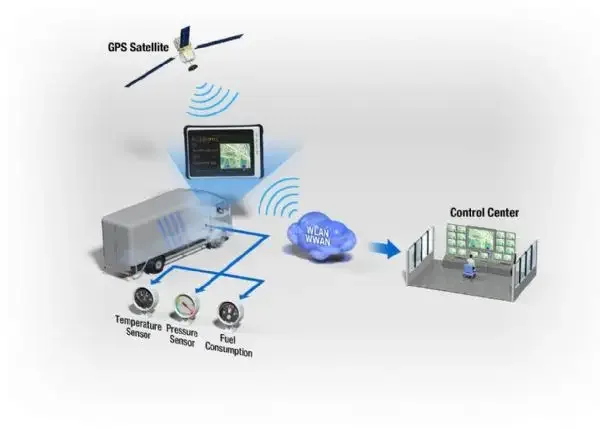
The Technology of Managing Drivers
On the one hand, the management of the vehicle fleet is about vehicles, on the other hand, it is about people. The driver in the cab is also the key point of fleet management. Through intelligent hardware devices, drivers can be guaranteed to drive efficiently and responsibly, and the physical condition of drivers can be monitored in real-time, whether there is fatigue driving, and whether there are any operations that affect driving safety, such as using mobile phones while driving.
At the same time, location monitoring, fuel consumption sensors, video monitoring and other types of equipment can also effectively solve bad behaviors such as drivers not following the prescribed route, private use of fleet own vehicles, oil stealing and oil leakage.
Data Analysis Technology
Through the GPS, monitoring, fuel consumption, temperature control, tire pressure, and other devices and sensors, data including driving route, driving mileage, driving speed, idle speed, fuel consumption and so on will be obtained. It takes time to collect, analyze and process data, but the development of the IoT and the existence of related platforms save the trouble of manual operation. As all necessary equipment, including vehicles, systems, software, and certain things are connected in real-time, it can directly collect and analyze data.
5. Examples of the application of the Internet of Things(IoT) in fleet management
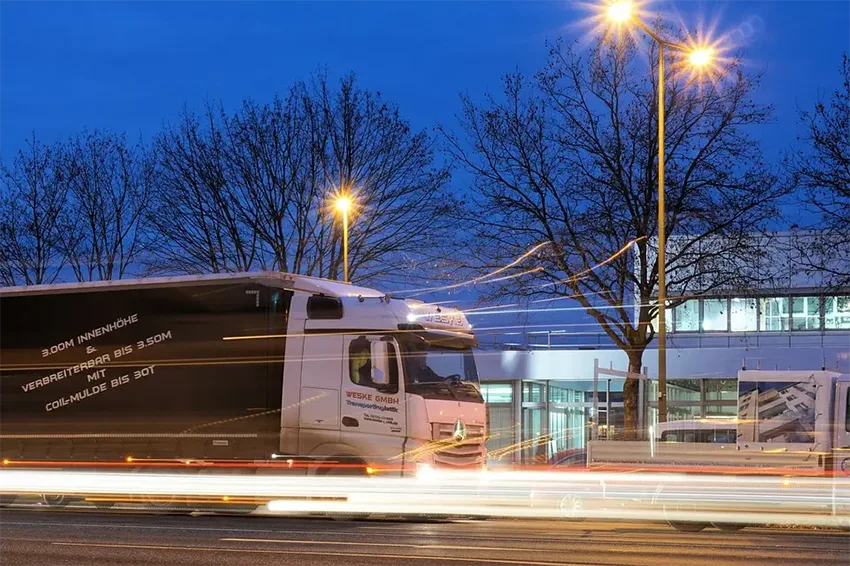
Here are nine ways that IoT fleet management can make transportation more sustainable while also increasing efficiency and saving costs.
a. Tracking the Fuel Usage
Using IoT fleet management solutions to track fuel usage can help companies know their fuel consumption.
Real-time vehicle tracking also helps fleet managers to monitor progress. For instance, fleet managers can view how much fuel has been stored and saved by the new sustainable development program. It also provides up-to-date information for the company to use for reporting.
b. Optimize Transportation and Delivery Routes
Route optimization is not only about giving the best directions but also about traffic and other trucks deployed. For example, if ten deliveries have to be made in one region, real time data and traffic monitoring can react quickly and provide the shortest route and solution for drivers. In addition to reducing unnecessary mileage, customers can also have realistic expectations about delivery times.
c. Predictive Maintenance
When vehicles perform at their best, they have fewer failures and last longer. IoT can predict potential problems that may exist and provide assistance to maintenance of vehicles in order to extend their life cycles. Real-time maintenance monitoring ensures that no harmful or unnecessary emissions occur. It can also help companies improve efficiency and extend vehicle life. Research by Deloitte Analysis Company found that on average, predictive maintenance can reduce failures by 70%. The production efficiency grow up by 25%, and the cost of maintenance was lower by 25%.
d. Fuel-Efficient Driving
Throughout the vehicle’s journey, metrics such as speed, weight, and brake usage can be tracked by IoT fleet management software. These data help the team managers to inform drivers of fuel-efficient driving practices.
Inefficient driving habits consume unnecessary fuel. For example, shutting down and restarting the vehicle waste less fuel than idling for 30 seconds.
e. Intelligent Measurement
Smart metering is a method of monitoring. It can reflect the real time consumption of resources such as fuel. For instance, it can report the electricity consumption of warehouses and offices.
Monitoring natural resources in real-time spending can help managers to reduce wasteful consumption. Smart metering is on the rise. There were nearly half of American power customers had a smart meter in 2017, according to the Energy Information Association.
f. Carbon Offset Report
Nowadays, many companies are offsetting their carbon emissions. Monitoring in real time can help companies to learn about their carbon emissions. Once they do, they can pay non-profit organizations to buy carbon and remove the same amount of carbon from the atmosphere.
g. Sustainability of the Warehouse
A warehouse is a good place to implement sustainable measures. IoT fleet management solutions usually include measures to make warehouses more sustainable but also make them more effective. There is an example that IoT can help to stop errors and waste in order processing. It also provides end-to-end visibility. It can also monitor shelf space for better prediction.
h. Monitor the Status of Temperature-Controlled Items
When transporting temperature-controlled goods, the real-time monitoring of goods is especially useful. Being able to track the temperature of goods helps fleet managers to know when the goods are at risk. This kind of real-time information helps to move the goods to safe locations and effectively monitor them. This not only preserves the value of the goods but also prevents waste!
i. Monitoring Carbon Meets Government Goals
As the increasing demand for sustainable fleets, new environmental objectives and policies are also increasing. At present, many local governments have set rapid development goals, and the Internet of Things can help companies ensure that their carbon emissions meet the requirements of relevant departments.
6. What Devices are there for IoT Fleet Management
- GPS locator
- Lane controller
- speed sensor
- Microwave communication equipment
- Wireless sensor
- GPRS communication equipment
- RFID reading and writing equipment
- Camera
- Fuel consumption sensor
- Load cell (Load sensor)
- Temperature Sensor
- Door sensor
- Dash Cam (event data recorder)
















